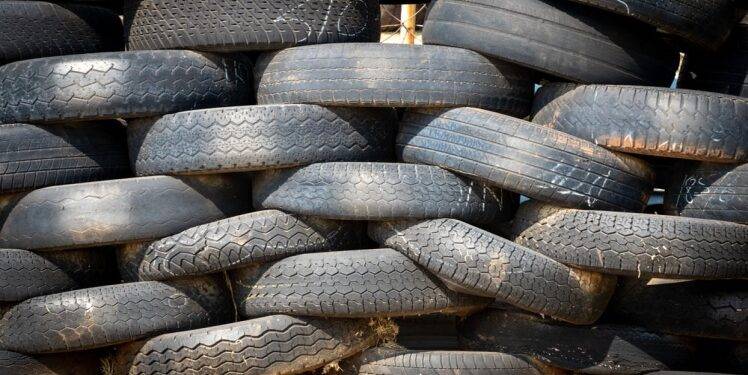When it comes to ensuring the safety and performance of your vehicle, one crucial element to consider is the condition of your tires. Over time, tires wear out and lose their grip, making them less effective on the road. It is important to recognize the signs that indicate when it is time to replace your tires. In this article, we will discuss five effective techniques that will help you determine when it is time for new tires, read on to find out more.
1. Check the Tread Depth
The tread depth of your tires plays a significant role in maintaining traction on the road. As tires wear down, their tread depth decreases, resulting in reduced grip and increased braking distance. To check the tread depth, you can use the “penny test.” Simply insert a penny into the tread grooves with Lincoln’s head facing downward. If you can see the top of Lincoln’s head, it means your tires have worn down and it’s time to replace them. This simple test can help you determine if you need new tires and avoid potential safety hazards.
2. Inspect for Signs of Wear and Damage
Regularly inspecting your tires for signs of wear and damage is crucial for their longevity and your safety. Look for uneven wear patterns, bulges, cracks, or any foreign objects embedded in the tire. Uneven wear can indicate alignment or suspension issues, while bulges and cracks may suggest structural damage. Any of these signs warrant immediate attention and a professional inspection. If you notice any abnormalities, it’s advisable to consult with a reputable tire service provider like tyre installations Fairfield to assess the condition of your tires and recommend the appropriate course of action.
3. Pay Attention to Mileage and Age
Tires have a limited lifespan, and their age and mileage play a significant role in determining their condition. Even if your tires appear to have sufficient tread depth, it is important to consider their age. As a general guideline, it is recommended to replace tires every six years, regardless of mileage. However, if you frequently drive long distances or encounter challenging road conditions, you may need to replace them sooner. Additionally, if your tires have surpassed 50,000 miles, it’s a good idea to have them thoroughly inspected by professionals to ensure their continued reliability.
9. Monitor for Decreased Performance
As tires age and wear, you may notice a decline in their overall performance. Reduced traction, longer braking distances, increased road noise, or poor handling are signs that your tires are no longer performing optimally. If you experience any of these issues, it’s a clear indication that it’s time to invest in new tires. Don’t compromise your safety and driving experience—consult with a trusted tire specialist to select the right tires for your vehicle and enjoy enhanced performance and safety on the road.
5. Be Mindful of Seasonal Changes
Different weather conditions demand specific tire requirements. If you live in an area with distinct seasons, it’s essential to consider the seasonal changes and adapt your tires accordingly. Winter tires, for example, are designed with a unique tread pattern and rubber compound to provide superior traction on icy and snowy roads. If you notice that your current tires are struggling to maintain grip or perform well in specific weather conditions, it may be time to switch to a different set of tires to ensure your safety and comfort throughout the year.
Recognizing the signs indicating the need for new tires is essential for maintaining safety and performance on the road. By regularly checking the tread depth, inspecting for wear and damage, considering mileage and age, monitoring performance, and being mindful of seasonal changes, you can make informed decisions about when to buy new tires.
Remember to consult with reputable professionals to get expert advice and ensure the optimal performance of your vehicle. Stay safe and enjoy the journey!











